The death anniversary of the Duong Tay Ninh family in 2024, in Gia Binh ward, Trang Bang town. Photo from the Duong Vietnam Family Website
Dang family
Mr. Dang Van Tach (83 years old, residing in Gia Loc Hung ward, Trang Bang town) - the fifth generation descendant of the Dang family in Trang Bang, Head of the Board of Worship of the temple of Mr. Dang Van Truoc, recounted that before the 17th century, due to the Trinh Nguyen conflict and prolonged civil war, many Central Vietnamese people left their homeland to the South to reclaim land and make a living. Among them was Mr. Dang Van Truoc (nickname Dang Uy Dua), An Nam district, Binh Dinh province.
In 1811, Mr. Dang Van Truoc stopped at Ben Don (Bung Binh hamlet, Hung Thuan commune, Trang Bang town today) to reclaim land to make a living. But because the land in Ben Don had a lot of gravel and sand, making it difficult to cultivate, in 1818, Mr. Truoc and some dignitaries went to Binh Tinh village (Trang Bang town today) to submit a request to transfer some plots of land to reclaim and establish a village called Phuoc Loc village.
At that time, Trang Bang was a wild jungle with many wild animals. In 1821, Mr. Truoc commanded the people to dig a canal leading to Trang Bang stream to open a trading route and establish a market here. He expanded roads, built streets, turning a wild land into a prosperous agricultural area and developed commerce, bustling on the wharf and under the boat, buyers and sellers exchanging products together.
Along with the development needs of the residents, Mr. Truoc bought more land to expand the boundaries of Phuoc Loc village. In 1836, Minh Mang XVII, Phuoc Loc village was changed to "Gia Loc village", belonging to Thuan An district, An Phu prefecture, Gia Dinh province (now Gia Loc ward, Trang Bang town). At this time, the Khmer bandits often crossed the border to harass and rob the people's property, but were all suppressed by Mr. Dang Van Truoc and the militia. The village had a peaceful life, the people had a prosperous life, so he was appointed "Ca" in the village.
Thai Binh Communal House - the place to worship Vo Van Oai.
On March 5, Binh Tuat year (1826), Mr. Ca Dang Van Truoc passed away. To commemorate the person who had contributed to opening up the land, digging canals, establishing markets, and defending the village, after his death, the local people buried him and built a tomb at his first stop in Ben Don. Every year, on the night of October 11th to the morning of October 12th of the lunar calendar, local people and relatives flock to his grave to visit and burn incense to commemorate the person who contributed to building the land of Trang.
The people honored Mr. Dang Van Truoc as the tutelary god and together with the local government built Gia Loc Communal House (Trang Bang ward, Trang Bang town today) to worship him. During the reign of Bao Dai VIII, the communal house was conferred the title "Duc bao trung hung linh phu chi than". In 1994, Gia Loc Communal House was recognized by the Ministry of Culture and Information as a National Historical - Cultural Relic.
However, Mr. Phi Thanh Phat - a member of the Vietnam Folklore Association, who has many years of research on the Dang family in Trang Bang town, said that perhaps because of taboo customs and the war and the loss of documents, there was confusion between Mr. Dang The Chua and Mr. Dang Van Truoc. Currently, the temple of Mr. Dang Van Truoc is preserving the family genealogy written in Han Nom script, which records the life and activities of the ancestors of the Dang family.
Mr. Dang Van Tach told about Mr. Ca Dang Van Truoc in Trang Bang town.
According to this genealogy, Mr. Dang The Vaa held the position of Trum Xau, in charge of tax collection. He and his family and some immigrants reclaimed a large area of land from Bung Binh to Dau Tieng area, across Tra Vo, Go Dau and the western wing, now Phuoc Chi and Phuoc Binh communes, Trang Bang town. He was the one who founded the villages of Gia Loc, Loc Ninh and Phuoc Hoi.
In addition to reclaiming land, Mr. Va also gathered people from many places to help them reclaim land, providing them with rice and money to make a living. Many times he recruited militia, purchased weapons, and trained soldiers with the motto "pure for agriculture, active for soldiers". In 1821, he commanded the people of Phuoc Loc village to dig a canal to Trang Bang stream to open a trade route and establish a market here. He opened more roads, built streets, and developed local commerce. However, the canal passing through Binh Tinh village was sued by the village officials, causing Mr. Va to be beaten 80 times and had a certificate of guilt drawn up.
Because of his old enmity with Binh Tinh village, on his way back from work, Mr. Dang The Vai stopped by Cay Cao area to rest and was poisoned by three scoundrels. After getting on his horse, he began to feel the effects of the poison but managed to return to Trang Bang market before dying. The people mourned him so much that they built both a temple and a communal house to worship him. That is the temple of Mr. Ca Dang Van Truoc and Gia Loc communal house today.
Tomb of Mr. Dang Van Truoc.
Many other clans
In 2012, the Ho Chi Minh City Genealogy Research and Practice Center completed the process of recording and compiling the Tran Family Genealogy in An Tinh Ward, Trang Bang Town. Accordingly, the Tran ancestors lived in An Tinh since the time when this land was Binh Tinh village, Binh Cach commune, Thuan An district, Gia Dinh province. Since then, over a period of more than 160 years, the Tran family has experienced many ups and downs and losses, along with other families, sweating to clear the wild forest, shedding blood to fight against foreign invaders, keeping An Tinh green and beautiful today.
The book Southeast Region - People and Culture by Dr. Phan Xuan Bien wrote, in In An Khuong hamlet, also known as Cay Sao hamlet, the Phan family is considered the first family to settle down. In An Phu village (also known as Hoc Ot hamlet), there is the Ho family; in An Thanh village (Sinh Tranh), there is the Le family (the great ancestor Le Van Phi) who later changed to the Nguyen family; in An Binh village (Cay Cau), there is the Truong family and their descendants are Truong Tung Quan and the Dinh family; in An Thoi village (Trau hamlet), there is the Tran family; in Tinh Phong village, there is the Doan family and in An Duoc village (Bau May, Tra Nguon), there is the Le family...
Gia Loc Communal House - the place to worship Mr. Dang Van Truoc in Trang Bang town today.
Mr. Nguyen Quoc Viet - former Vice President of the Literature and Arts Association of Tay Ninh province wrote an article about the clans during the land opening period (published in Tay Ninh Newspaper in 2017). In it, Mr. Viet stated that in 1836, when Tay Ninh prefecture was established, with policies encouraging migrants to reclaim and establish villages on new lands, more and more people migrated to Tay Ninh to settle down. Around 1700, Mr. Duong Tan Phong came to Gia Binh village, starting the Duong clan in Tay Ninh.
The 2nd Congress of Duong clan delegates in Tay Ninh. Photo: Tay Ninh Newspaper
In the mid-18th century, there was also the Vo family, headed by Mr. Vo Van Oai - who is said to have fought against the enemy to protect the people in the area of Chau Thanh district and Tay Ninh city today. After his death, he was honored by the people as a tutelary god, worshiped at Thai Binh communal house (Tay Ninh city) and Thanh Dien communal house (Thanh Dien commune, Chau Thanh district).
In Thanh Dien commune, there are also the Do, Truong, Lam, Nguyen clans... Therefore, currently, in Thanh Dien communal house, in addition to the tutelary god of the Vo clan, the Do and Truong clans are worshiped as ancestors and descendants.
In fact, during the time of opening up Tay Ninh land, in addition to the well-known families such as the Huynh Cong Gian brothers, Huynh Cong Nghe, and the Dang family in Trang Bang, there were many other families that joined hands to create the beautiful Tay Ninh land today.
A representative of the Duong family in Tay Ninh is Mr. Duong Minh Chau (1912-1947), Chairman of the Provincial Resistance Administrative Committee, who died in the resistance war against French colonialism and was awarded the title of Hero of the People's Armed Forces. Every year, on the anniversary of the Hung Kings, many Duong people in Tay Ninh organize a ceremony to pay tribute to their ancestors who came to reclaim land and settle in Gia Binh ward, Trang Bang town today, more than 250 years ago.
Ocean
Source


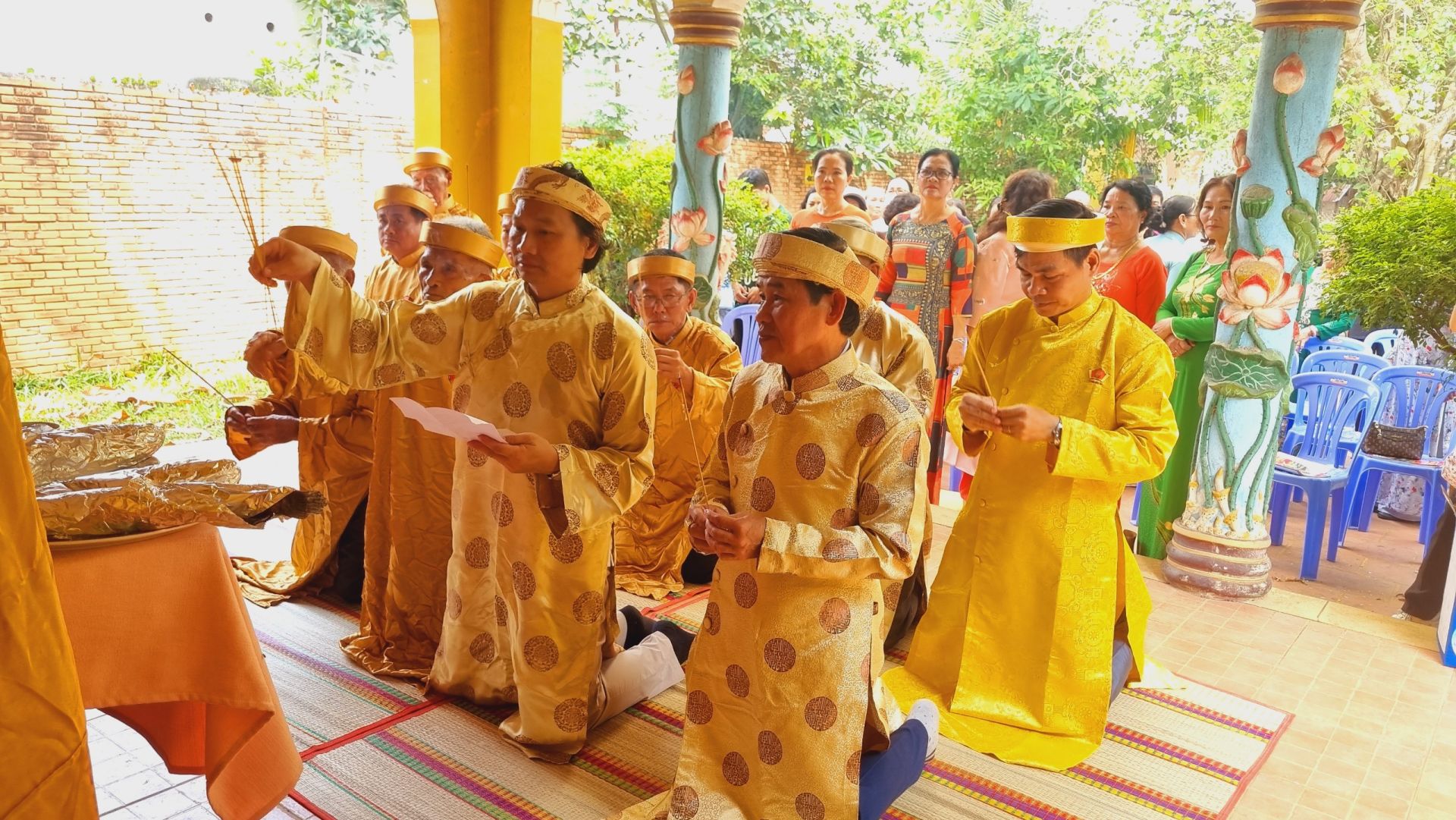
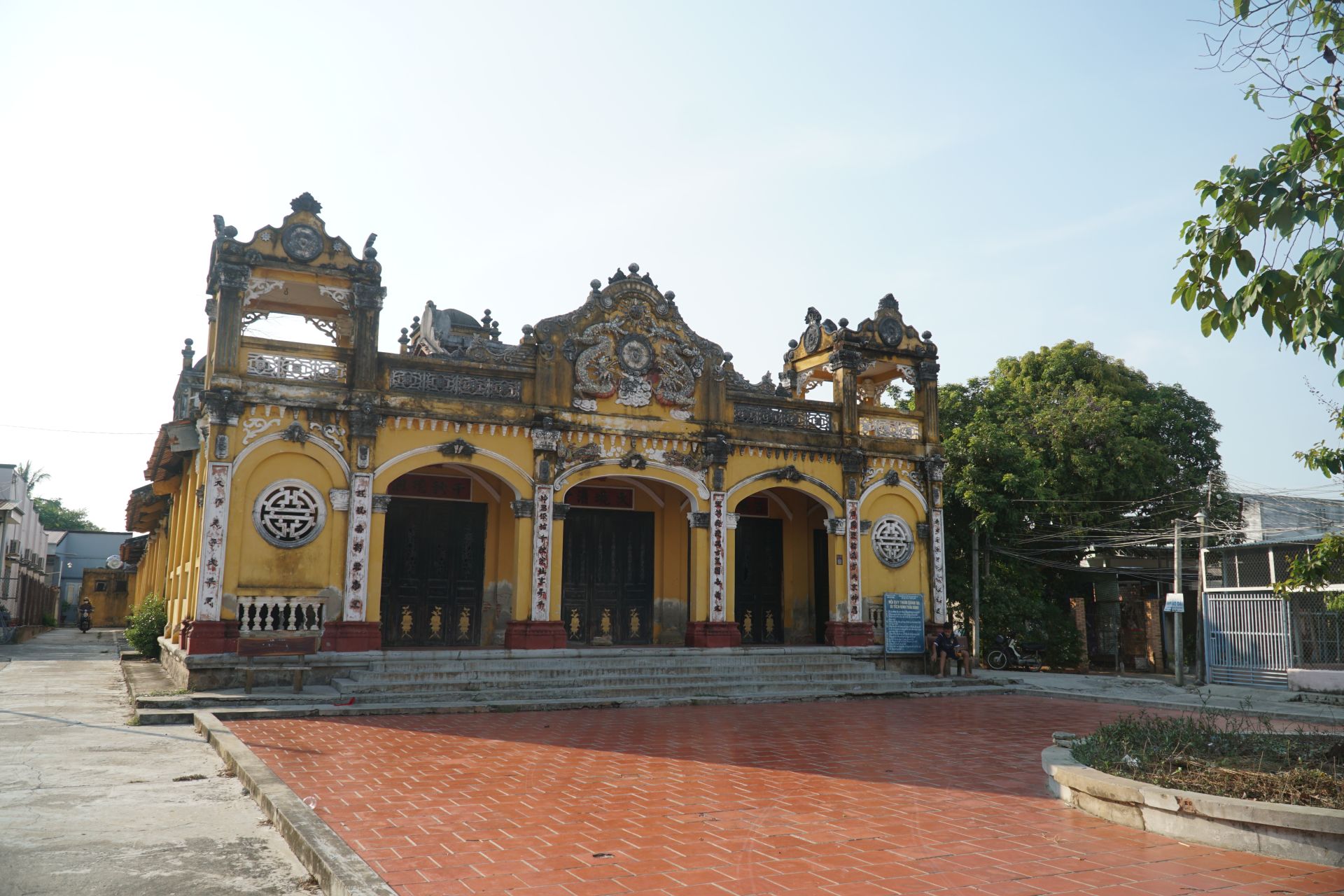
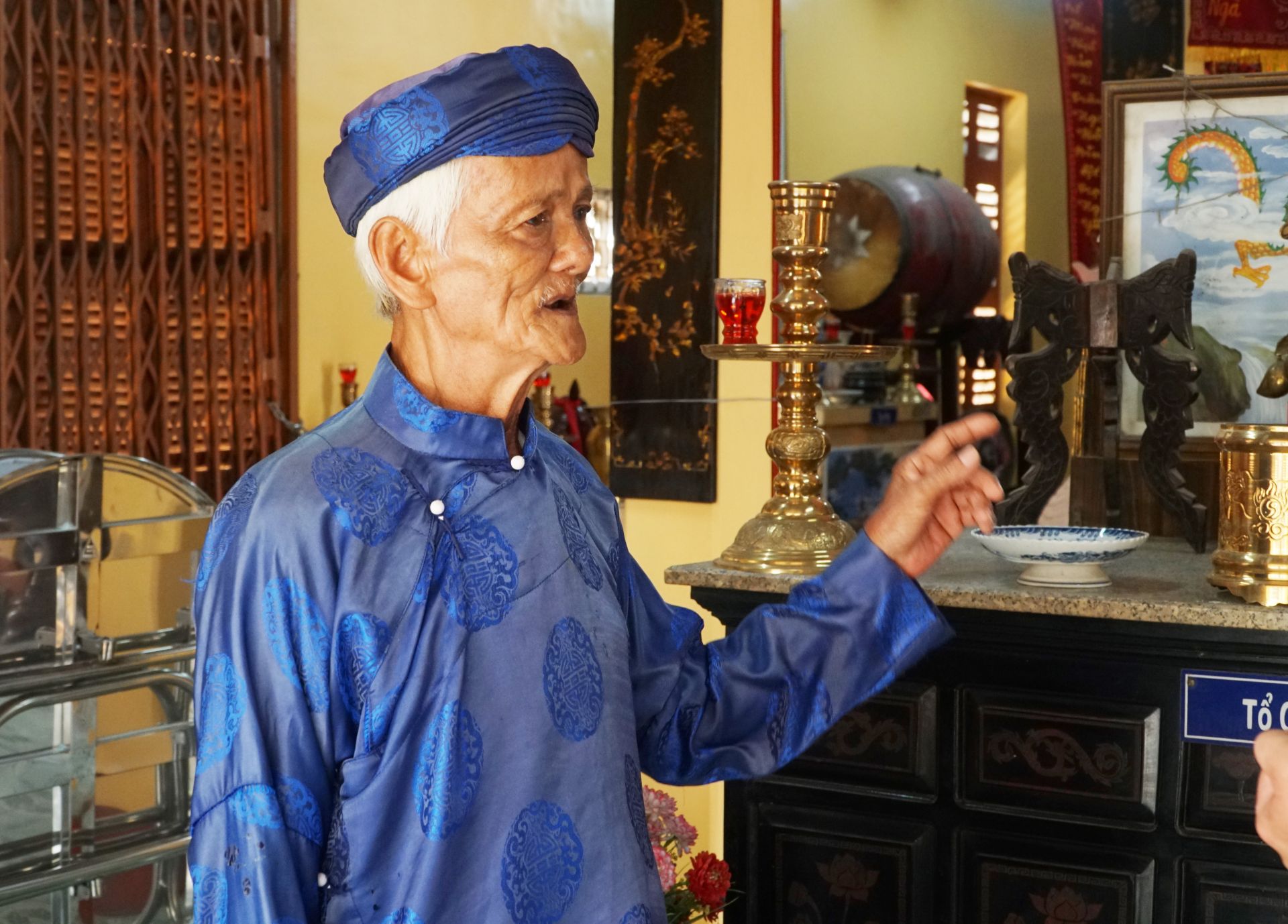
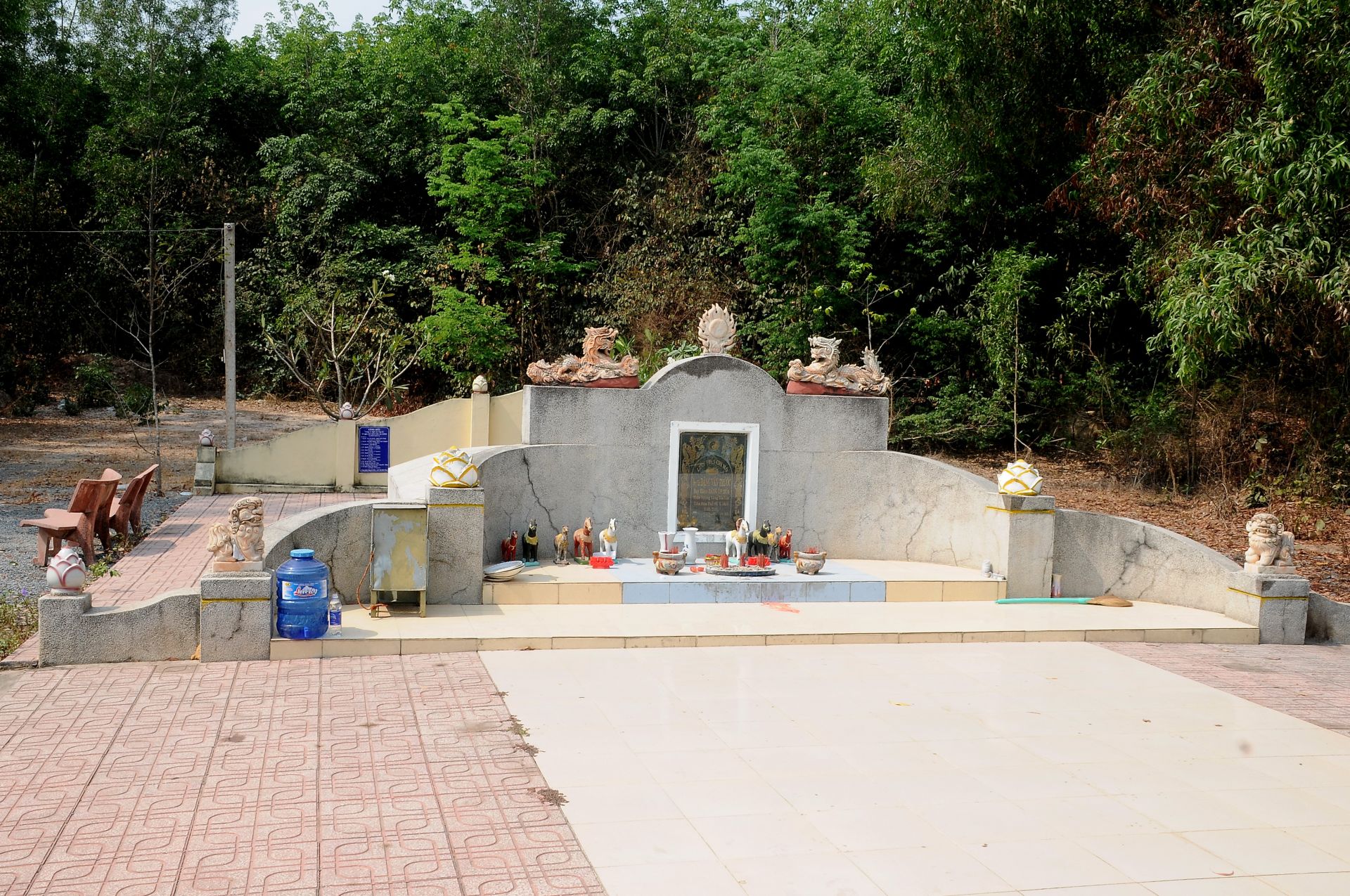
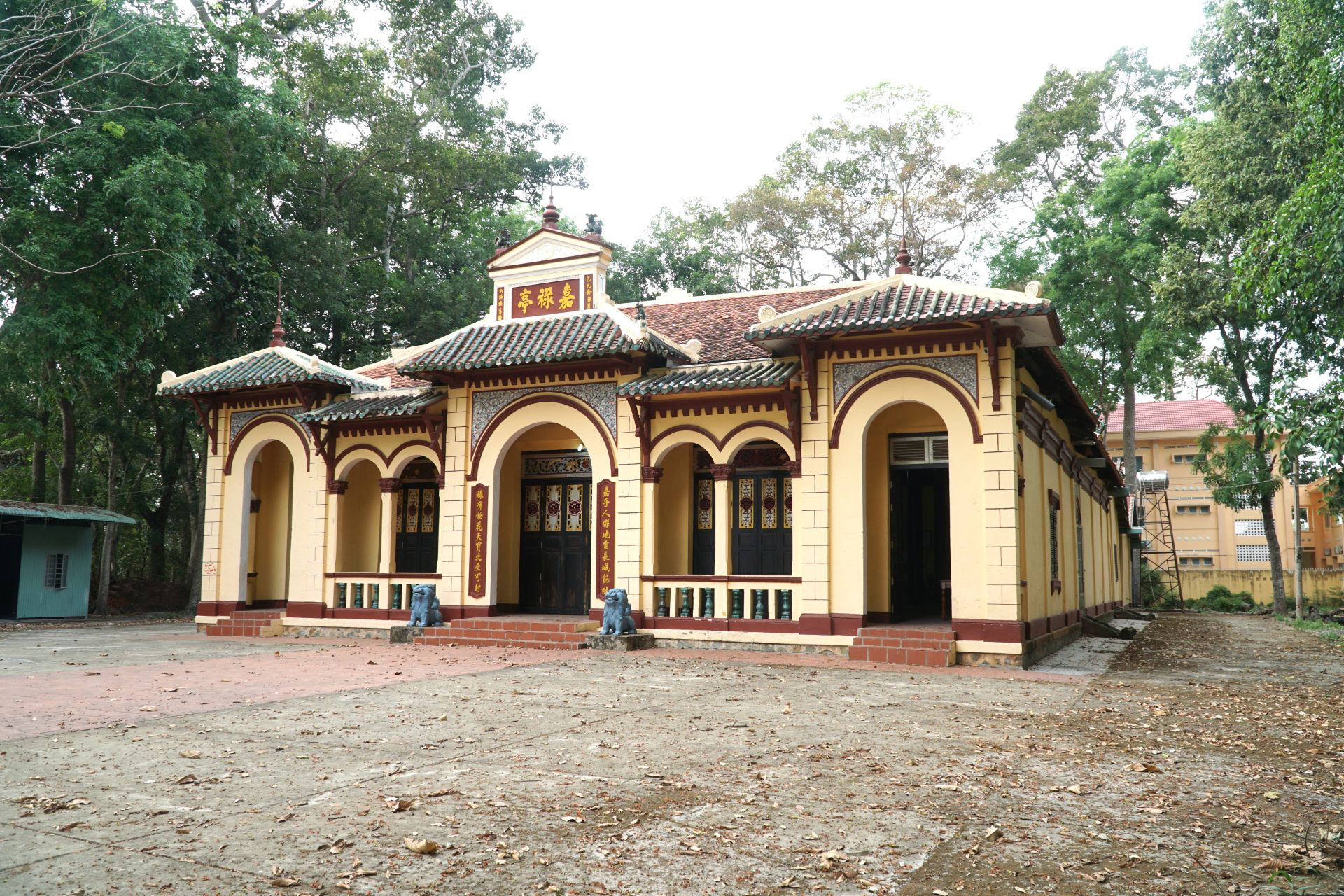
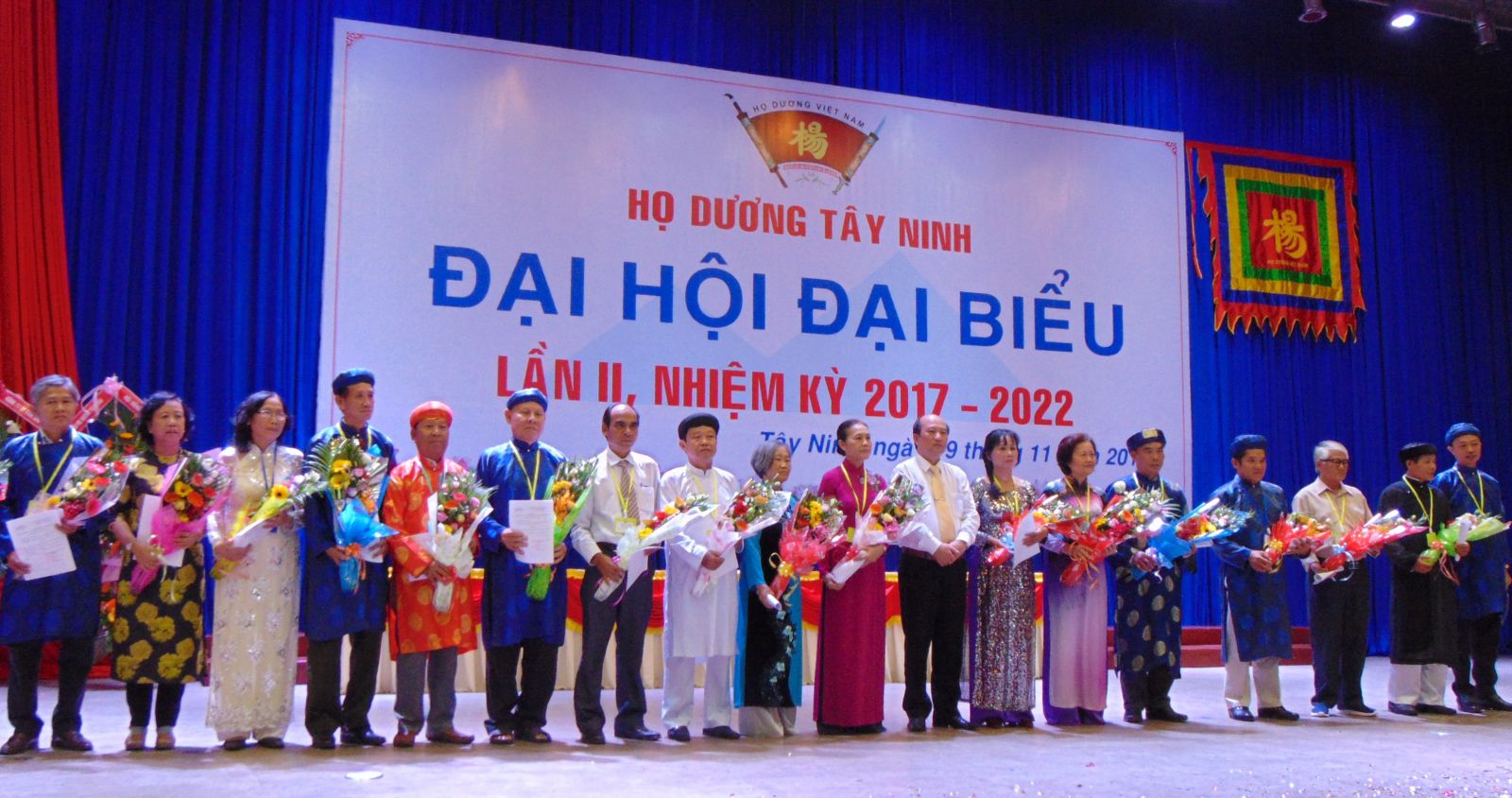
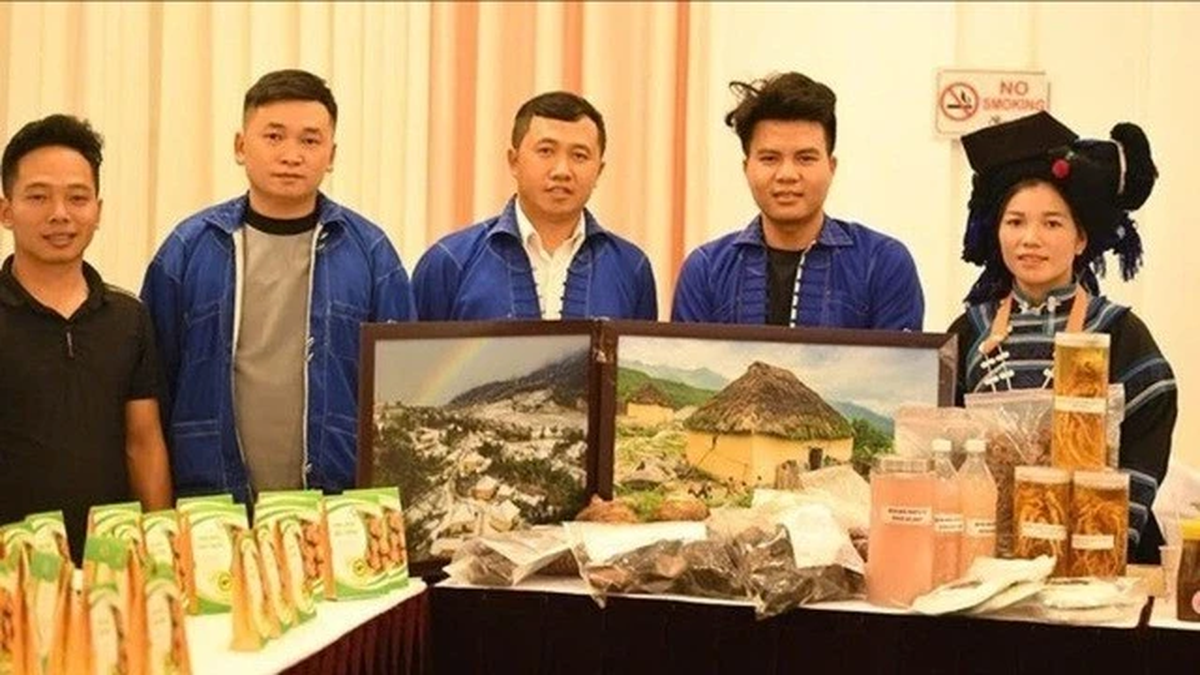
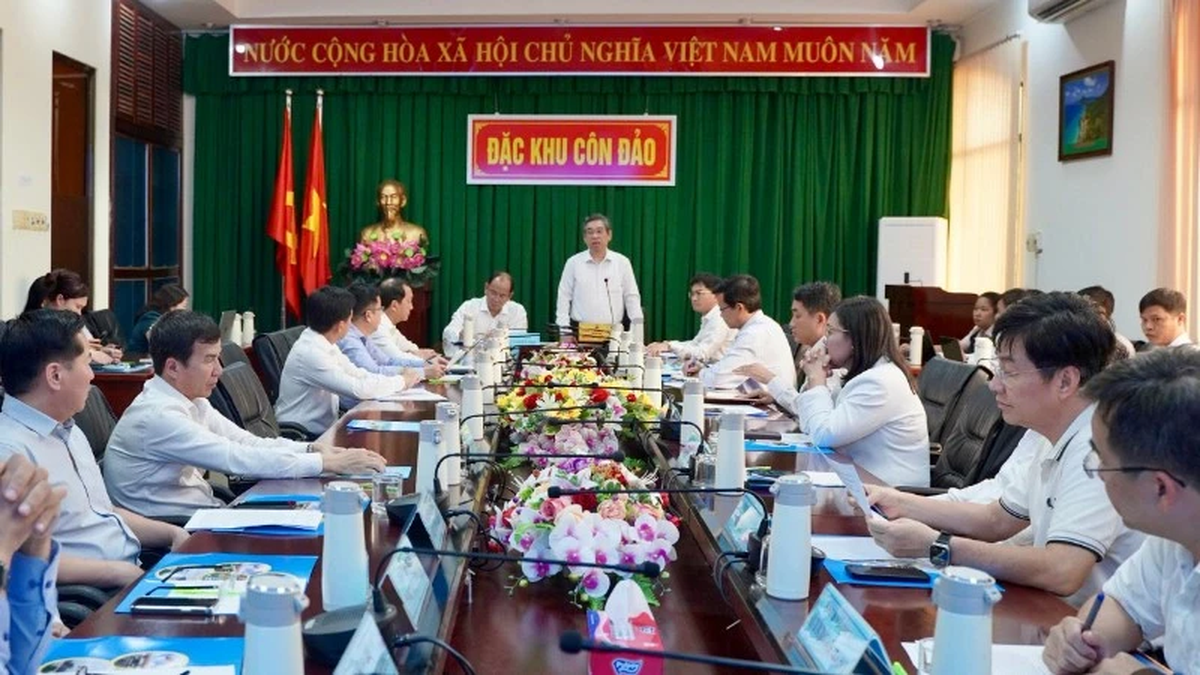
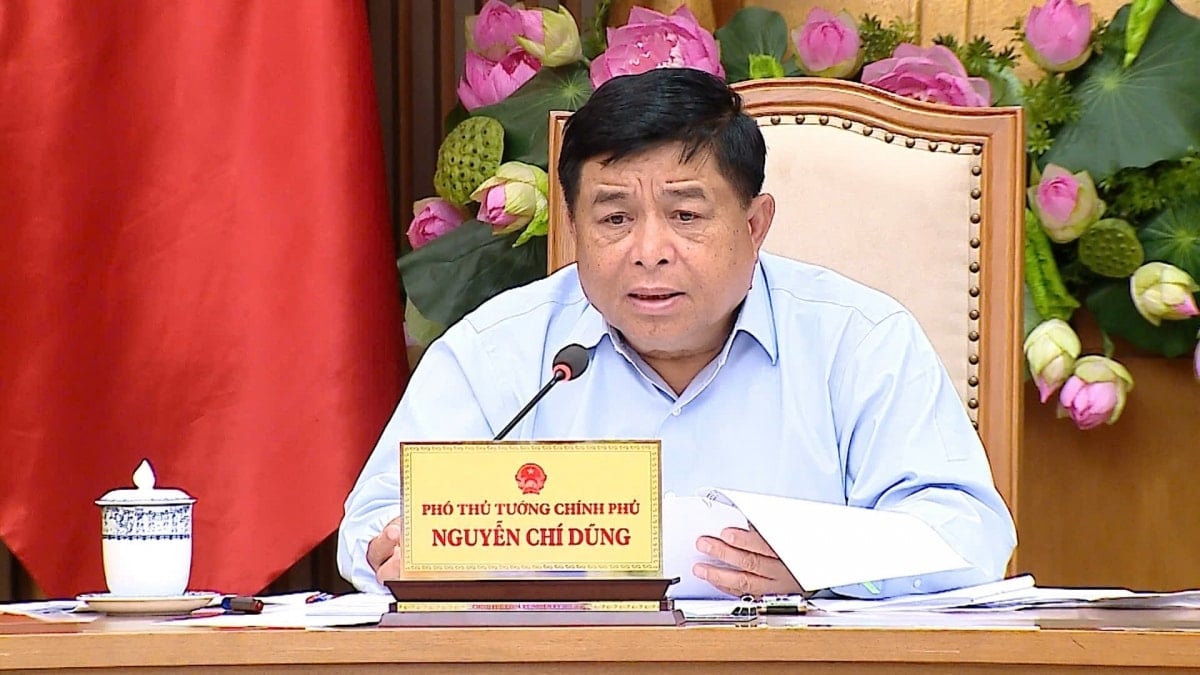

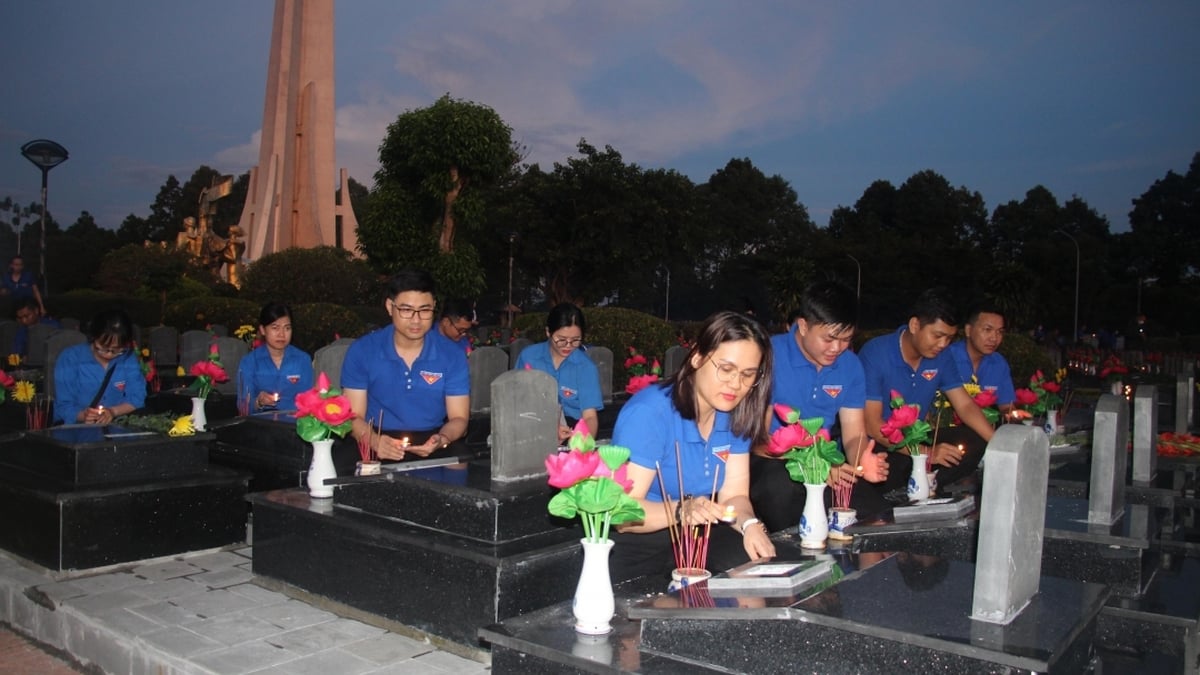
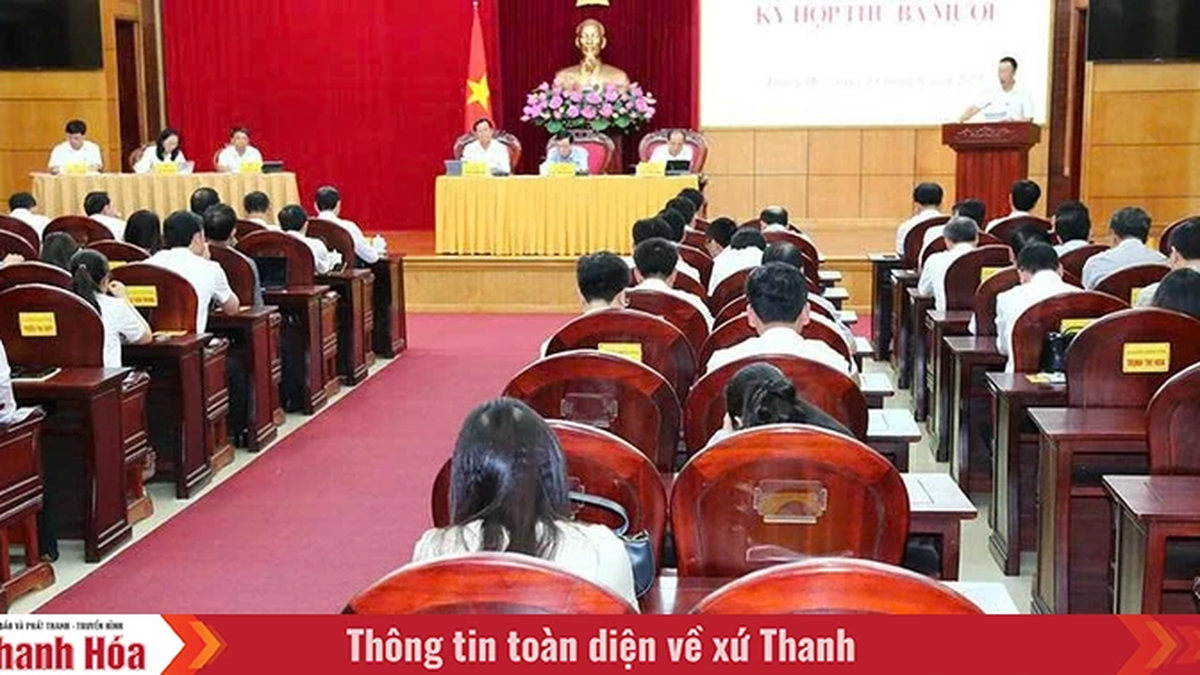


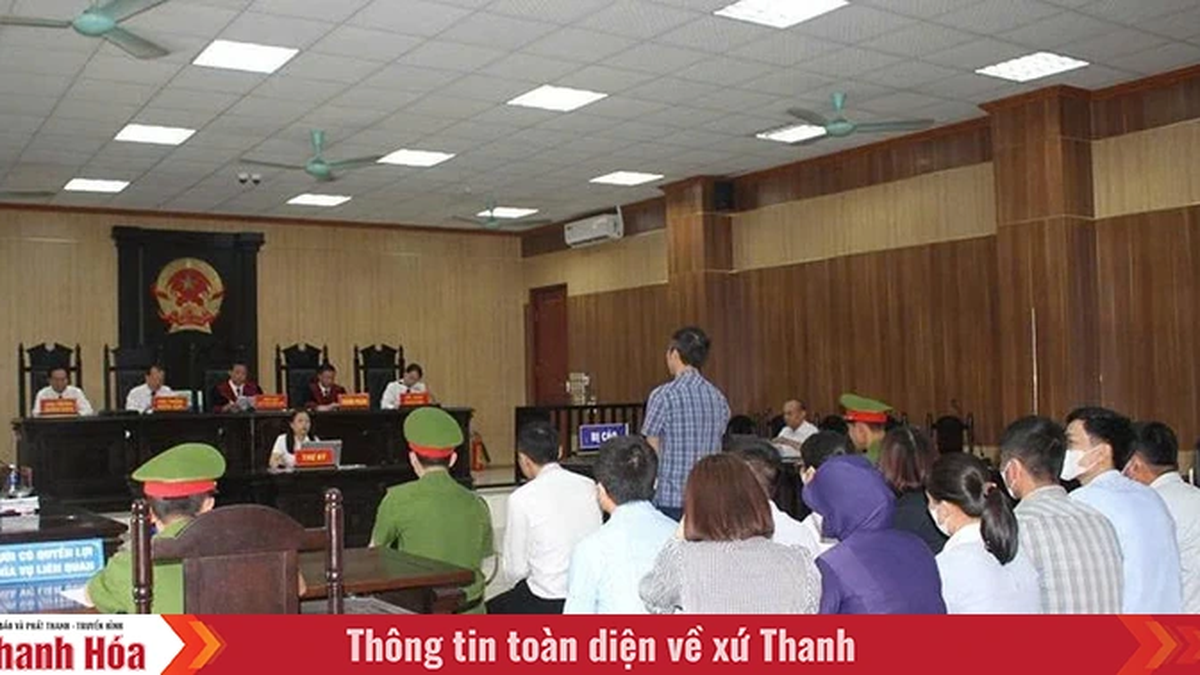








































![[Maritime News] More than 80% of global container shipping capacity is in the hands of MSC and major shipping alliances](https://vphoto.vietnam.vn/thumb/402x226/vietnam/resource/IMAGE/2025/7/16/6b4d586c984b4cbf8c5680352b9eaeb0)












































Comment (0)